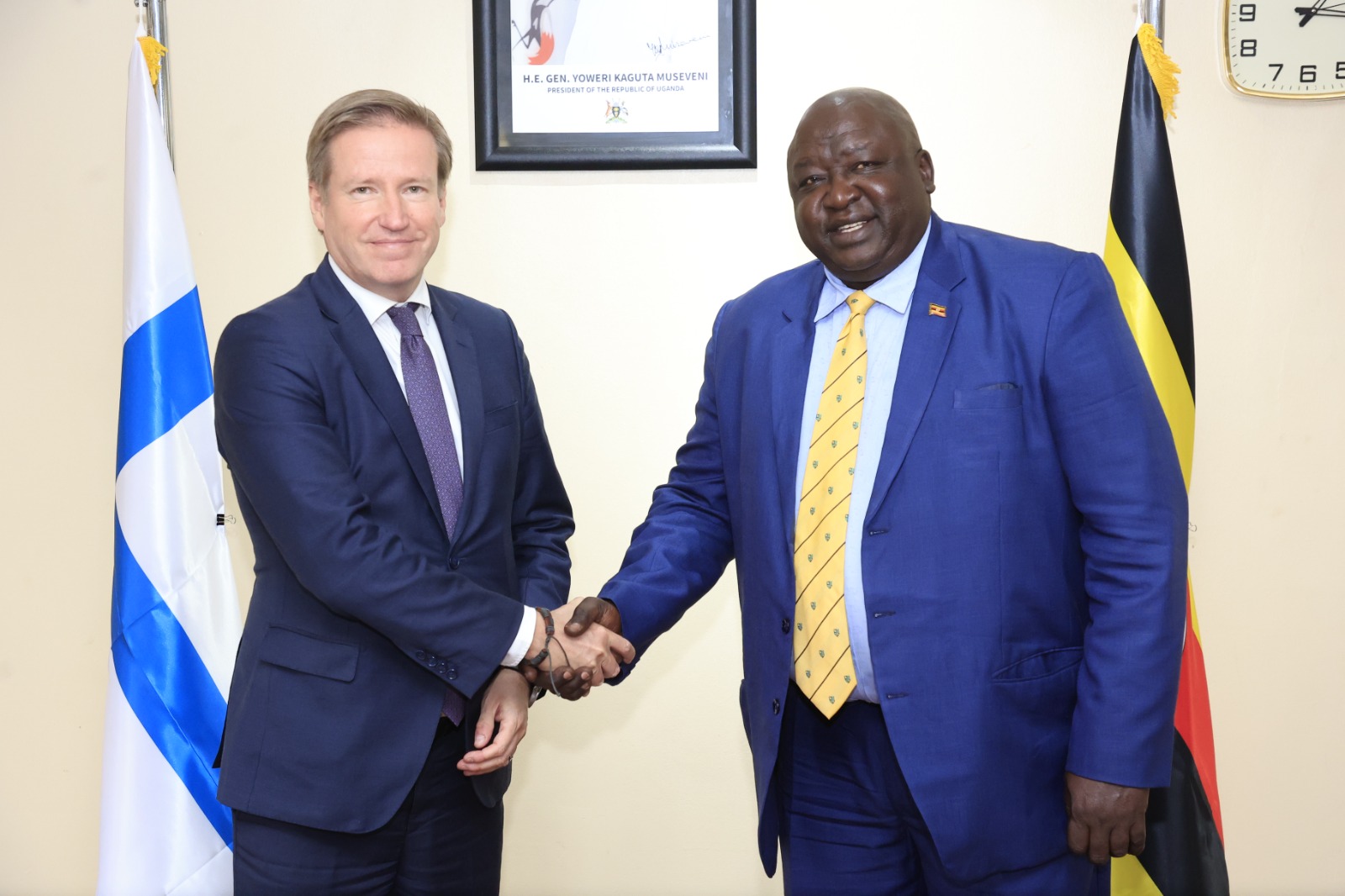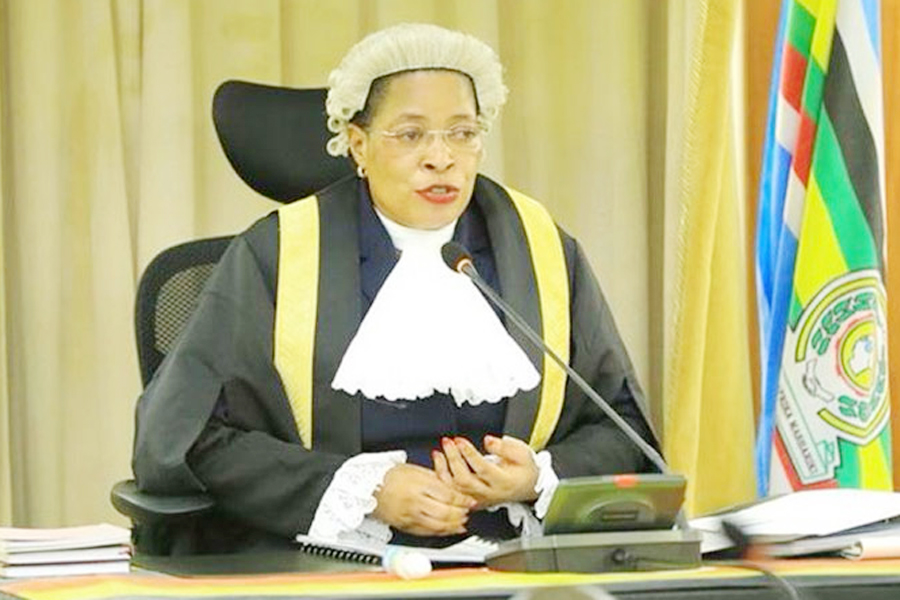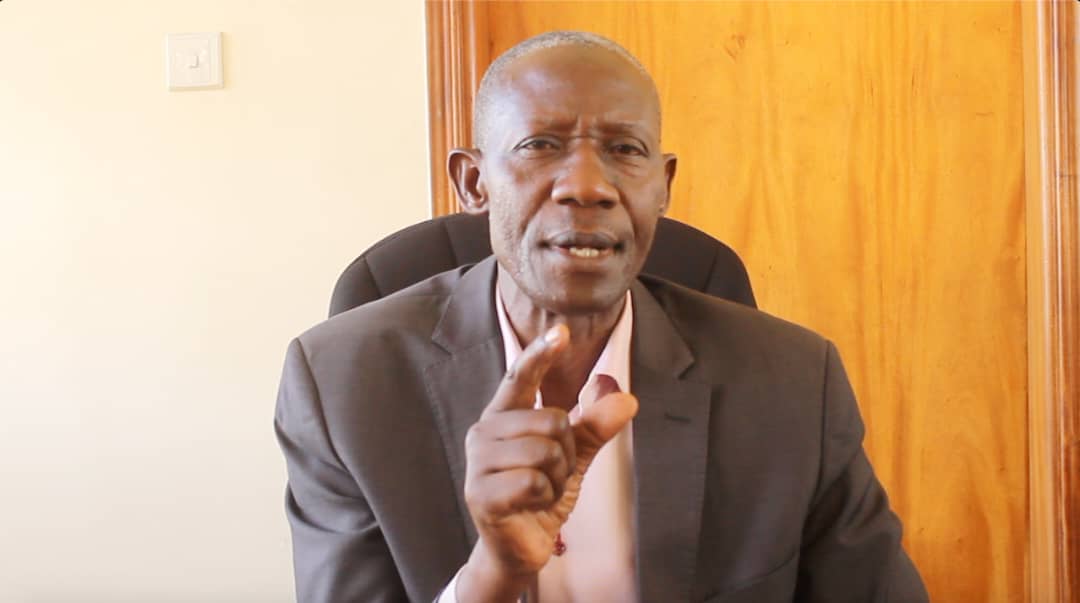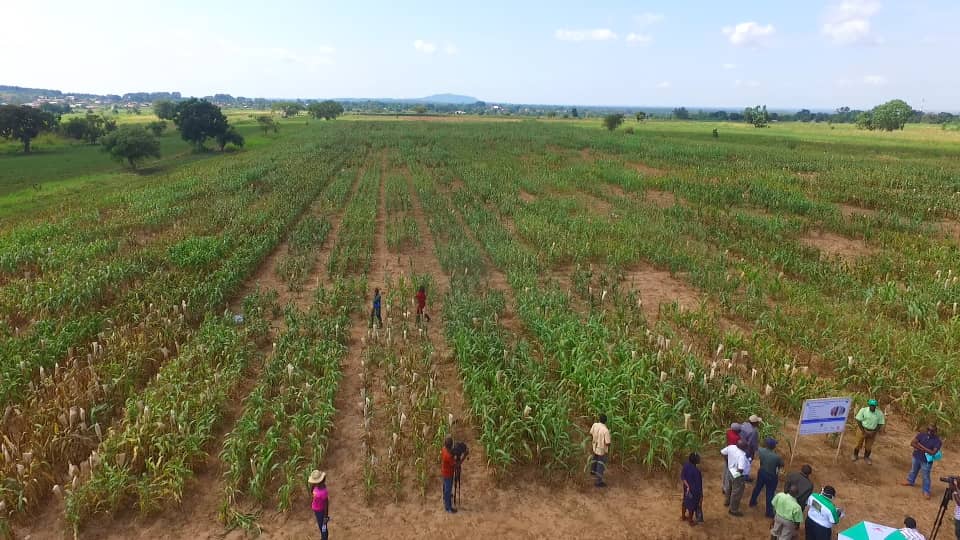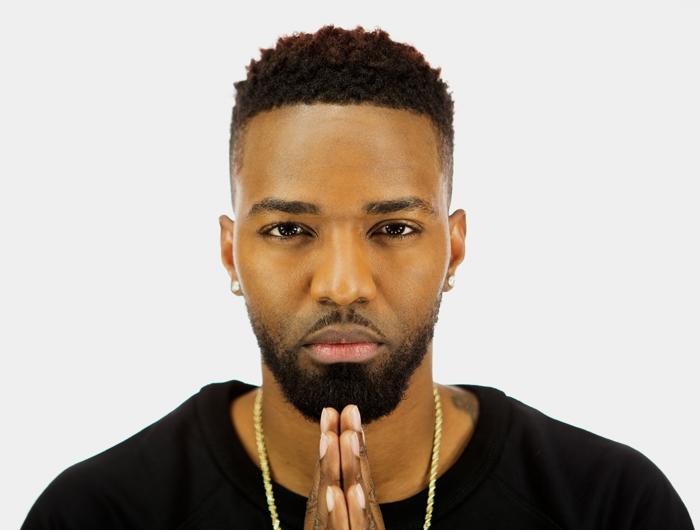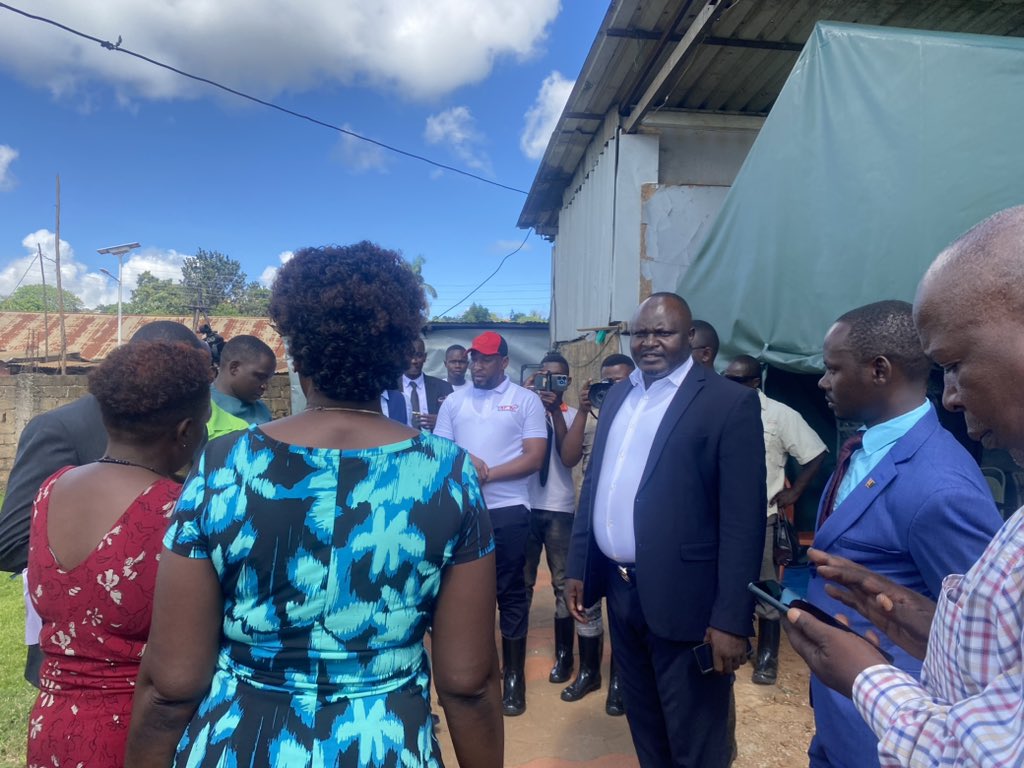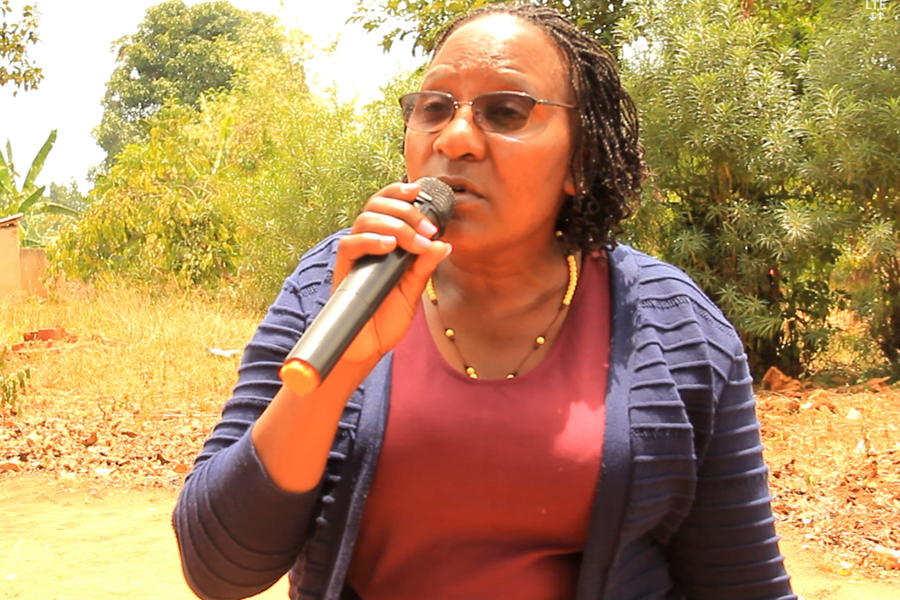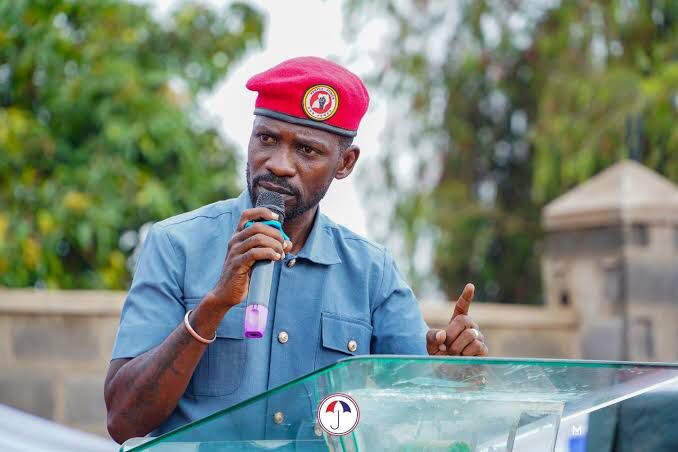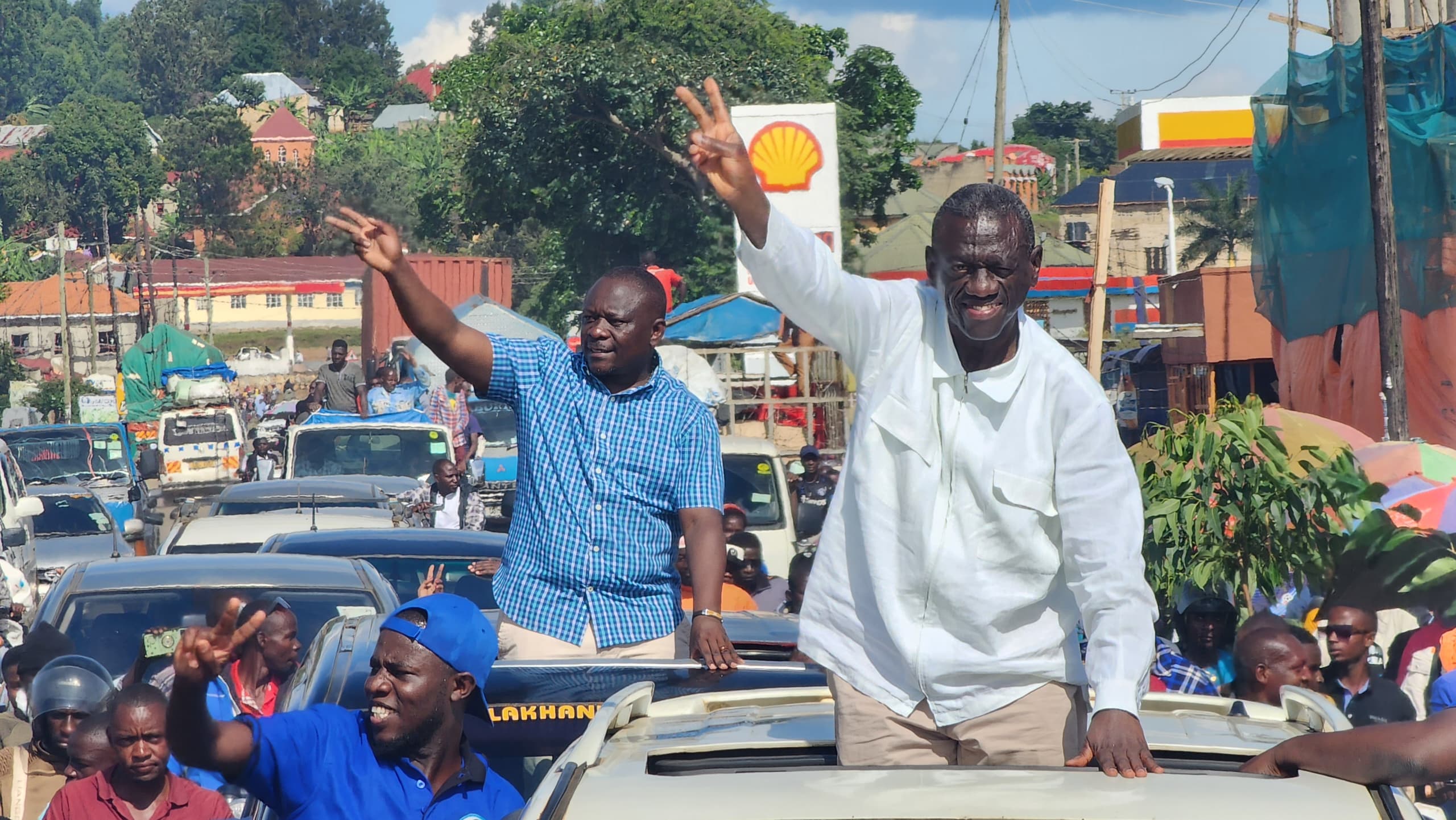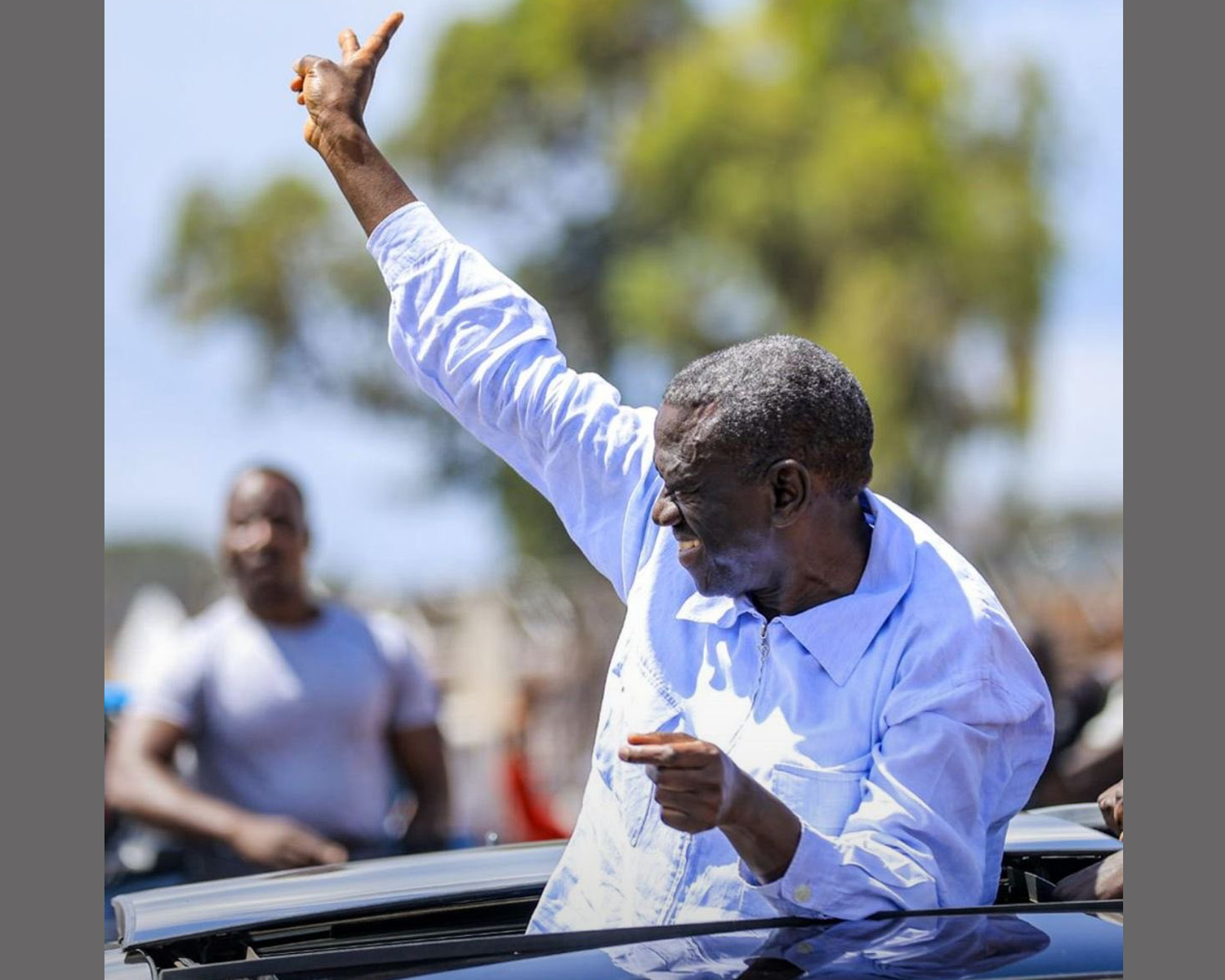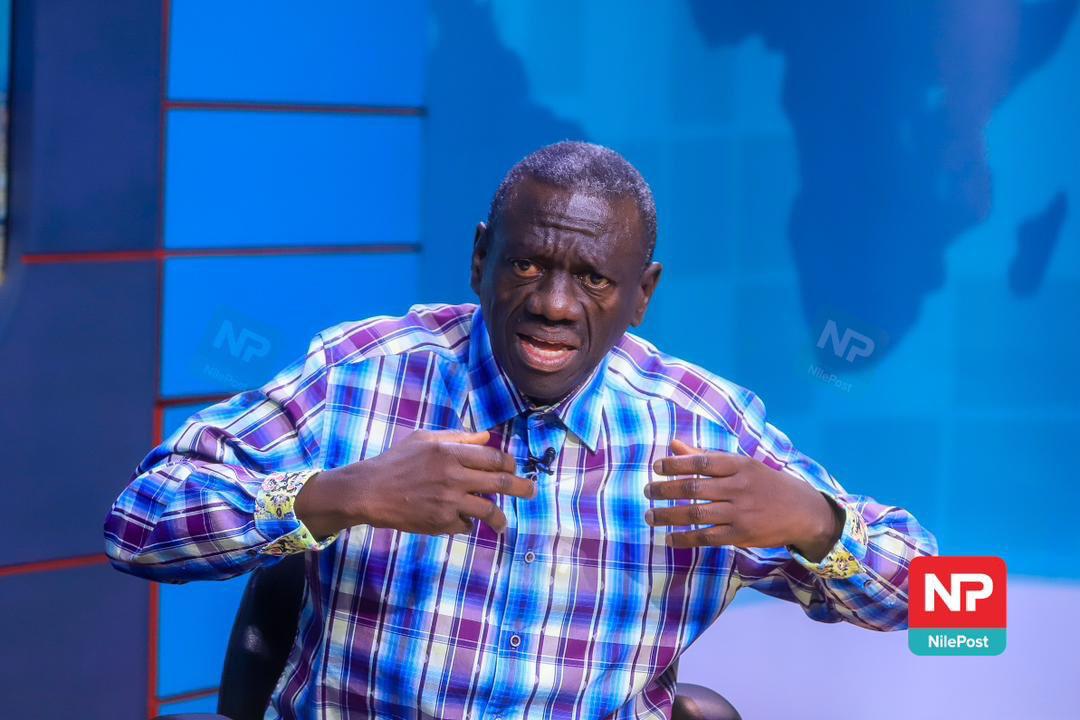Is the Youth Livelihood Programme transforming the lives of the youth?
GODFREY BADEBYE
Civil Society activists in Uganda are concerned that poverty is on the rise in rural areas despite government intervention.
Keep Reading
According to the 2018 Auditor General’s report government injected over Shs 28 billion to transform the lives of young people but it has had less impact.
Located in the eastern district of Uganda, Namutumba is one of the districts in Busoga sub region that is faced with rising poverty levels.
And basing on the several reports that ranks poverty levels high in the area, we set out to Namutumba on a fact finding mission.
Namutumba district is located in the eastern region of Uganda its findings in the report are outrageous. We set out to Namutumba district in this fact finding mission. Here, farmers heavily rely on agriculture for a livelihood. Farmers here cultivate their land to increase food production.
But the recent climatic changes have not favored their crops, exposing families to famine. They are now pondering the next move.
 The Youth Livelihood Programme is supposed to help uplift the lives of the youth
The Youth Livelihood Programme is supposed to help uplift the lives of the youth
They are now gambling on what to eat. SOT: Yowana Mulishidi. Jobless youth. (LUS) “We play this game because we have no work, because we cannot find jobs so we play this game to survive.”
Joel Bwiida, is one of the local residents who is focused on growing his business.
But lack of access to cheap credit, has stalled his business. And even when government rolled out the Youth Livelihood Funs, a project that is meant to transform the youth, Bwiida missed out.
"If I had money I could be having a bigger business, cooking rice as well, I would have employed other youths but it’s unfortunate only the privileged get the money," Bwiida said.
In 2013, government launched the youth livelihood programme targeting poor and unemployed youth as a fund for skills development and income generating projects. Our quest into the progress of this government program in Busiini village in Namutumba district, shows a different story.
The youths here, are disappointed with the district leadership.
At the sub county headquarters, the leaders cite several inconsistencies within the youth groups key among them being the creation of ghost groups.
But Mohammed Mukooka, the LC3 Nabweyo sub county said: “I have never seen their money, what I know, I have their names for some of the groups which I sent to the district, let them wait for their money, not me, I have never received any cash in my office.”
A 2018 Auditor General’s report revealed that about Shs 28.4 billion might go to waste as the recovery seems far-fetched.
It highlights corruption and lack of proper accountability for the funds. Failure to pay in time has made funds inaccessible to a number of youth groups.
The Anti-Corruption Coalition Uganda is concerned about the criteria used to select the beneficiaries.
Cissy Kagaba, the executive director of the Anti-Corruption Coalition Uganda said there have been people who are getting this money yet they are actually not the qualified individuals to get this money.
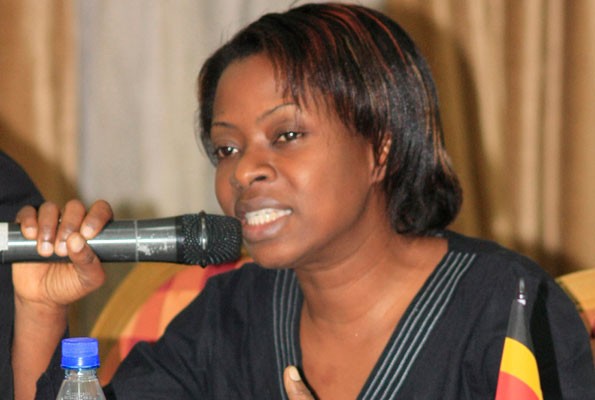 Cissy Kagaba
Cissy Kagaba
She wondered which agency was monitoring to ensure that the intended beneficiaries are actually the ones getting the money.
Lilian Aber, the chairperson of the National Youth Council said the recovery percentage is at 70% for the youths and for women it is on 83%.
Accounting officers say they have followed up with arrest mechanisms to recover the missing funds.
But political interference has slowed down progress.
Saleh Kumbuga, the LC 5 Namutumba district said one time they hosted the president and the issue of recovery came up and he said, 'handle my people nicely.'
They interpreted Museveni's statement to mean that they shouldn’t pay back because he said handle them nicely.
Kagaba said: “Recovery becomes very difficult if politicians come in and give an impression that it is their thing or project people don’t have to pay back and right now the interesting thing is that the program is in the process of going to state house, the issue is why now and let us presume that the program has failed why doesn’t the presidents deal with the people within the ministry other than getting the program and taking it to state house, now what happens if we say the judiciary has failed, will the judiciary be carried to State House."
Aber, the chairperson of the National Youth Council said: “I really feel very absurd as a youth chairperson because I know how these youths are getting frustrated and I would like to call upon everyone involved in the budgeting process to prioritise this money for the young people it can solve a lot to on unemployment.”
Relating to the recent transfer of the youth funds from the ministry of Gender, Labour and Social Development to State House, the funds have been reduced from Shs 214.7billion in the ending financial year to Shs 162.8 billion in the coming 2019/2020 financial year.
This has angered youth leaders in Kampala.
These are now petitioning Ministry of finance.
Cissy Kagaba said: "There’s need to have overhaul of this system, go back to the drawing board and look at all these issues that people have continuously raised, short of that we are continuously going to throw in money into a system or program that is only benefiting a few people and yet the intended beneficiaries are not benefiting anything out of it.”
According to the Uganda Bureau of Statistics report 2018, about 64% of the youths are unemployed.
This poses serious political, economic and social challenges to the country but such projects as youth livelihood programs are key in empowering and developing young people.



